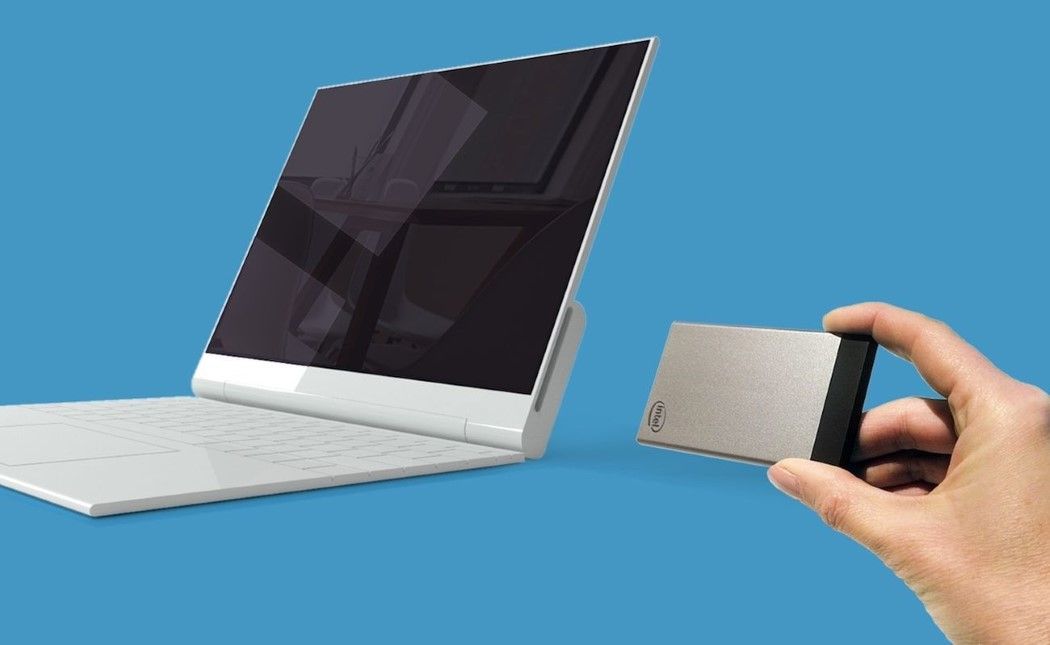
The Evolution of Computer Cards: From Punch Cards to Modern PCIe Expansion Cards
In the early days of computing, data and instructions were fed into computers using punch cards. These cards were made of stiff paper and had holes punched into them in specific patterns. The patterns of holes represented the data or instructions that the computer would execute. Punch cards were a slow and cumbersome way to enter data and instructions, but they were the only option available at the time.
Over time, new technologies emerged that made it possible to store and transfer data more quickly and efficiently. Magnetic tape, floppy disks, and optical discs all replaced punch cards as the primary storage media for computers. However, these new technologies still required some form of physical connection to the computer in order to transfer data.
The advent of the personal computer in the early 1980s brought about a new era of computing. Personal computers were smaller and more affordable than mainframes and minicomputers, and they were designed to be used by individuals rather than by large organizations. Personal computers also introduced a new type of expansion card, known as the Peripheral Component Interconnect (PCI) card.
PCI cards are small circuit boards that can be inserted into expansion slots on the motherboard of a personal computer. PCI cards provide a way to connect additional hardware devices to the computer, such as video cards, sound cards, and network cards. PCI cards are much faster and more efficient than punch cards, magnetic tape, or floppy disks, and they can be used to connect a wide variety of hardware devices to a personal computer.
Modern PCIe Expansion Cards
PCIe (Peripheral Component Interconnect Express) is a high-speed expansion card interface standard for personal computers. PCIe is the successor to the PCI standard, and it offers significantly higher bandwidth and lower latency. PCIe cards are used to connect a wide variety of hardware devices to a personal computer, including video cards, sound cards, network cards, and storage devices.
PCIe cards are available in a variety of form factors, including full-height, half-height, and low-profile. The form factor of a PCIe card determines its physical size and the number of expansion slots it occupies on the motherboard. PCIe cards are also available in a variety of speeds, including PCIe 2.0, PCIe 3.0, and PCIe 4.0. The speed of a PCIe card determines the maximum data transfer rate it can support.
PCIe cards are an essential component of modern personal computers. They provide a way to connect a wide variety of hardware devices to the computer, and they offer high-speed data transfer rates and low latency. PCIe cards are also backward compatible with older PCI cards, which makes them a good choice for upgrading an existing computer.
Tips and Expert Advice
When choosing a PCIe card, there are a few things to keep in mind:
- The form factor of the card must be compatible with the expansion slots on your motherboard.
- The speed of the card must be compatible with the speed of the PCIe slot on your motherboard.
- The type of card you need depends on the hardware device you want to connect to your computer.
If you are not sure which PCIe card to choose, consult with a computer technician. A computer technician can help you choose the right card for your needs and ensure that it is properly installed.
Frequently Asked Questions
Q: What is the difference between PCI and PCIe?
A: PCI (Peripheral Component Interconnect) is an older expansion card interface standard, while PCIe (Peripheral Component Interconnect Express) is a newer, faster, and more efficient expansion card interface standard. PCIe cards are backward compatible with older PCI cards.
Q: What are the different types of PCIe cards?
A: There are a variety of different types of PCIe cards, including video cards, sound cards, network cards, and storage devices. The type of PCIe card you need depends on the hardware device you want to connect to your computer.
Q: How do I install a PCIe card?
A: To install a PCIe card, first turn off your computer and unplug it from the power outlet. Open the computer case and locate an empty PCIe slot on the motherboard. Align the PCIe card with the slot and press down firmly until it clicks into place. Screw the PCIe card into the case to secure it. Close the computer case and plug it back into the power outlet. Turn on your computer and the PCIe card should be automatically detected.
Conclusion
PCIe cards are an essential component of modern personal computers. They provide a way to connect a wide variety of hardware devices to the computer, and they offer high-speed data transfer rates and low latency. PCIe cards are also backward compatible with older PCI cards, which makes them a good choice for upgrading an existing computer.
If you are interested in learning more about PCIe cards, there are a number of resources available online. You can also consult with a computer technician for help choosing and installing a PCIe card.

Image: www.pinterest.com